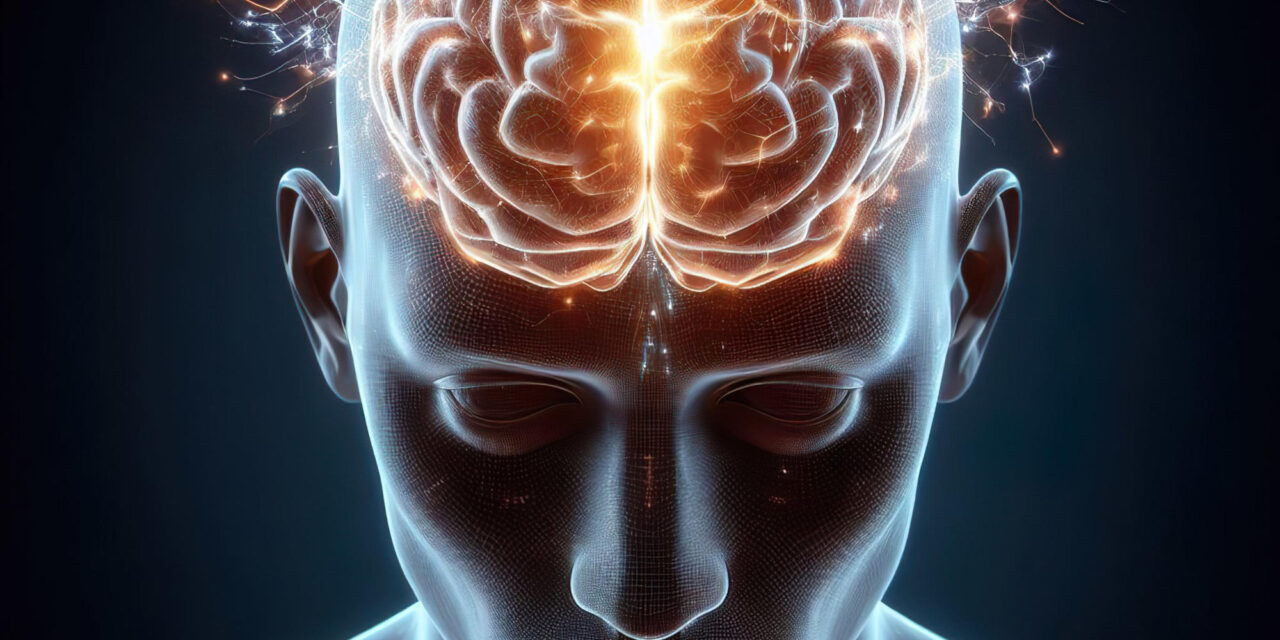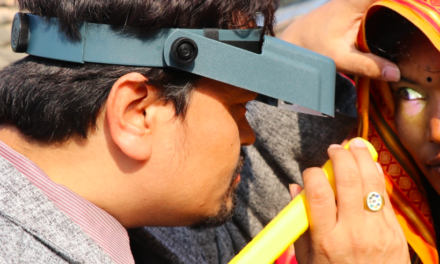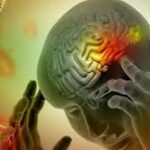Frankfurt, Germany – Imagine a boxer instinctively dodging a punch, a musician hitting a perfect note, or a driver anticipating a traffic light change. These seemingly effortless actions are powered by the brain’s remarkable ability to predict the immediate future. A groundbreaking study from a collaboration of neuroscientists at the Max Planck Institute for Empirical Aesthetics (MPIEA), the Ernst Strüngmann Institute (ESI) for Neuroscience, and Goethe University Frankfurt has unveiled the neural mechanisms behind this predictive power.
Published recently in the journal Nature Communications, the research reveals that specific brain rhythms, oscillating in the alpha (7-12 Hz) and beta (15-30 Hz) frequency ranges, play a crucial role in anticipating the timing of upcoming events. The key factor influencing this ability is the probability of an event occurring over time.
“The results show that brain waves in these frequency ranges forecast the time point at which future events will occur. The more predictable an event, the stronger the neural oscillations. This allows the brain to react faster and more efficiently,” explained Matthias Grabenhorst, the study’s first author from ESI (formerly MPIEA).
Using magnetoencephalography (MEG), the researchers pinpointed three critical brain regions involved in tracking the likelihood of future events:
- Posterior Parietal Cortex: A hub for timing and motor preparation.
- Posterior Middle Temporal Gyrus: Crucial for processing events over time.
- Sensorimotor Cortex: Directly involved in movements related to predicted events.
These findings have significant implications for understanding various cognitive functions and neurological conditions. “The study opens new doors for exploring the fundamental role of brain rhythms in how we navigate time and the future,” stated senior author Georgios Michalareas of Goethe University. He suggested that these rhythms could potentially be used to train the brain for improved anticipation or explain timing and reaction speed deficits in conditions like ADHD and Parkinson’s disease.
This research is part of a broader project, “The Anticipation of Events in Time,” which has already yielded two previous publications.
Disclaimer: It is important to note that this research is ongoing, and further studies are needed to fully understand the complexities of brain rhythms and their role in predicting future events. While the findings suggest potential applications for training and treating neurological disorders, these are preliminary and require further investigation. The information provided in this article should not be interpreted as medical advice. Always consult with a qualified healthcare professional for any health concerns.
More information: Matthias Grabenhorst et al, Neural signatures of temporal anticipation in human cortex represent event probability density, Nature Communications (2025). DOI: 10.1038/s41467-025-57813-7












